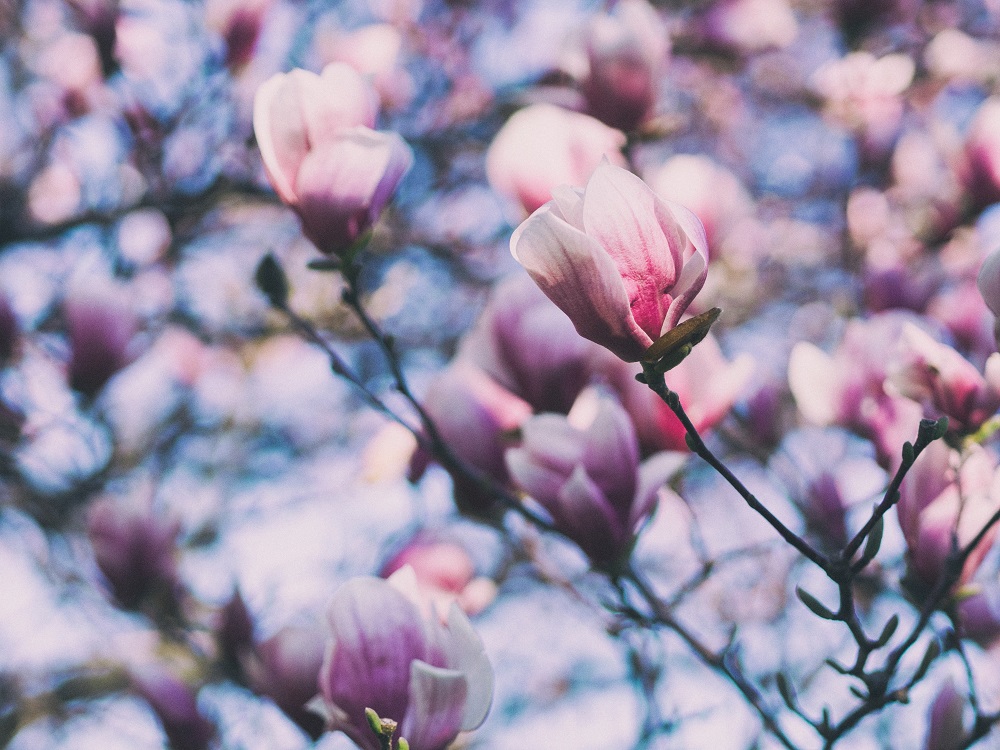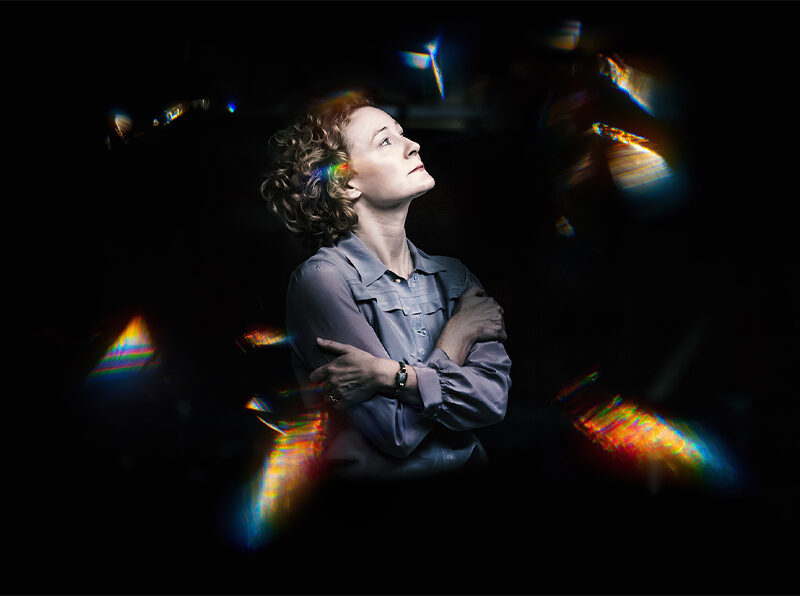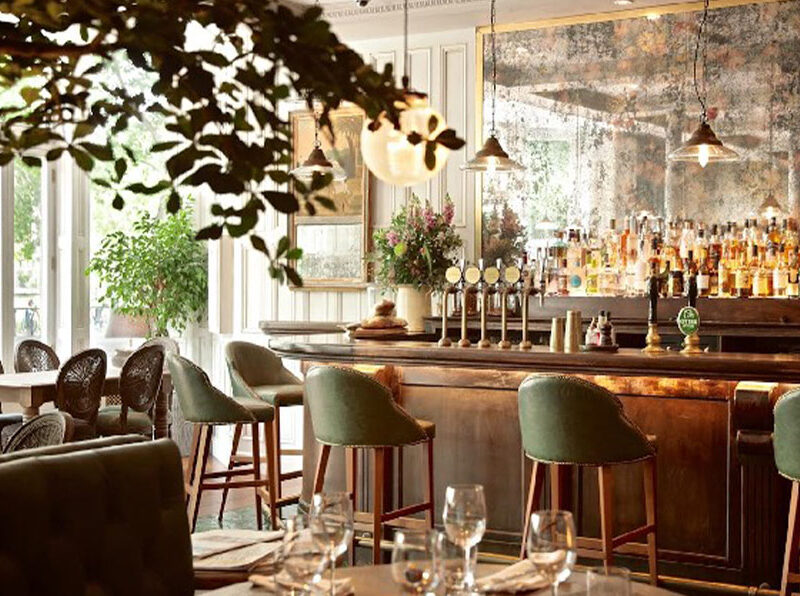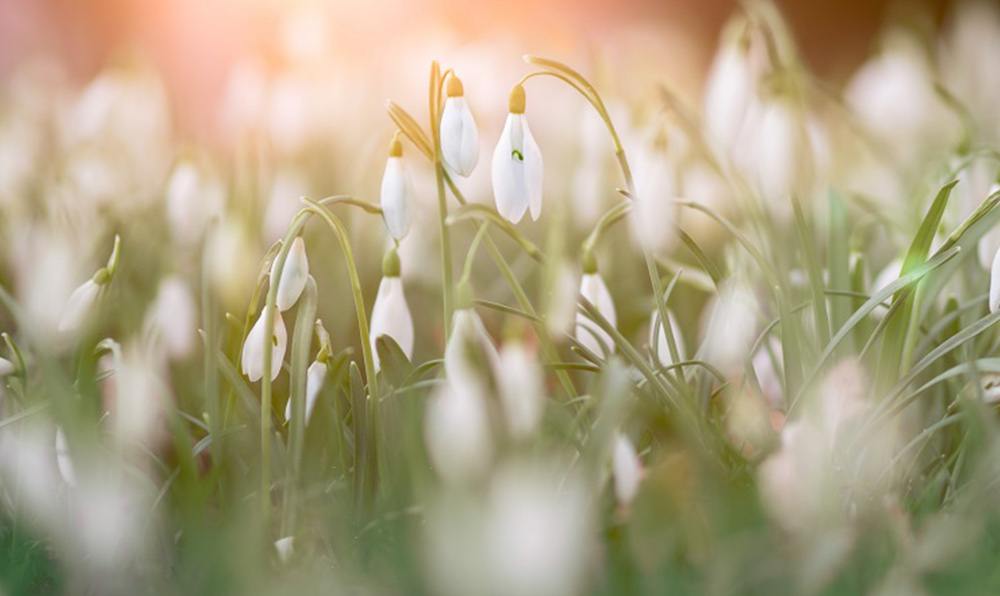
London and Surrey spring blooms – search by flower type!
London and Surrey spring blooms – search by flower type!
The most stunning local walks to spot snowdrops, daffodils, magnolias and more
1
Snowdrops
Are you a galanthophile? Yes – it is an actual name for people obsessed with snowdrops and it stems from the flower’s scientific name Galanthus nivalis, which literally means ‘milk flower of the snow’. How romantic. One of the first signs of spring, snowdrops are in fact, not native to the British soil and were only introduced around the early sixteenth century. Their beauty and springtime connotations, however, make them an object of everlasting popularity. Interestingly enough, snowdrops are not only adorable, but also immensely useful from a scientific point of view – they contain a compound called galanthamine which is used to manage Alzheimer’s disease, and a lectin called GNA is being studied for its potential use against HIV. On top of that, in 2019 local Kew researcher Dr Aaron Davis, along with collaborators in Turkey and Ukraine discovered a brand new species of snowdrop from a holiday photo posted to Facebook.
When? January – March
***please check with individual venues for more info on the best time to see their blooms***
Where? Kew Gardens – Rock Garden, Natural Area, and around the Temple of Aeolus; Chelsea Physic Garden; Morden Hall Park; Painshill
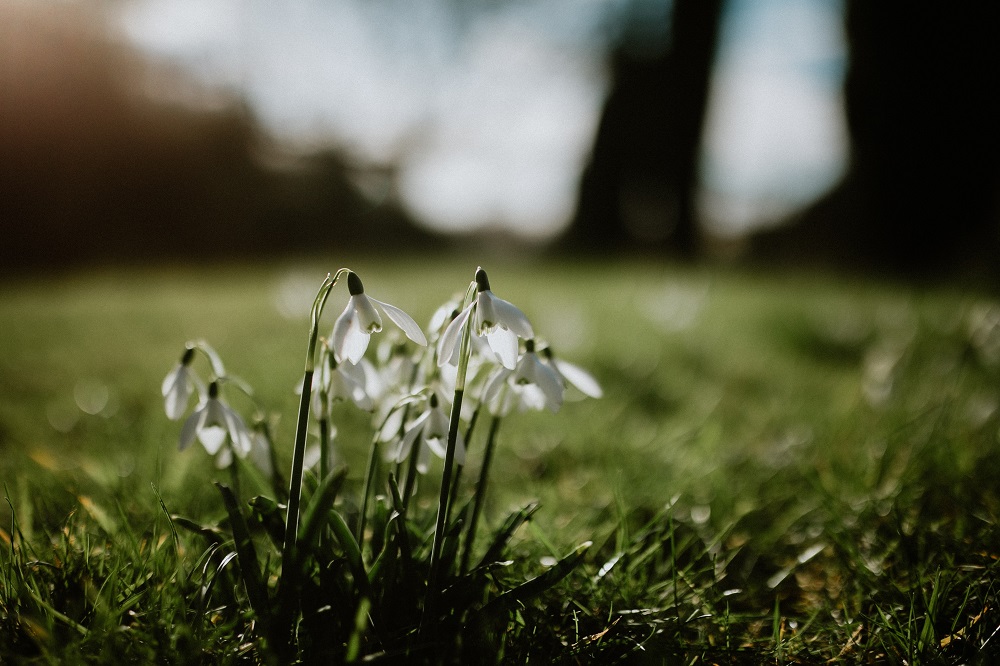
2
Daffodils
A host of dancing Daffodils; Along the Lake, beneath the trees, Ten thousand dancing in the breeze. Although they’re commonly called lent lilies, they actually have more in common with onion and garlic than lilies. Its Latin name, Narcissus, comes from an ancient Greek myth about a young man who was so in love with his own reflection, that he melted away from the fire of passion, eventually turning into a gold and white flower. Well, at least in this form the egoistical youth proved to be somewhat useful as daffodil extracts have been used as traditional medicines for centuries, and the aficionados of natural solutions vouch for it. Don’t eat it, though – all species are poisonous to humans — the leaves, bulb and stem contain the highly toxic chemical lycorine.
When? February – May
Where? Kew Gardens – Great Broad Walk Borders, Temple of Aeolus, Natural Area; Claremont Landscape Gardens, Painshill Park, Hampton Court Palace; St James’s Park
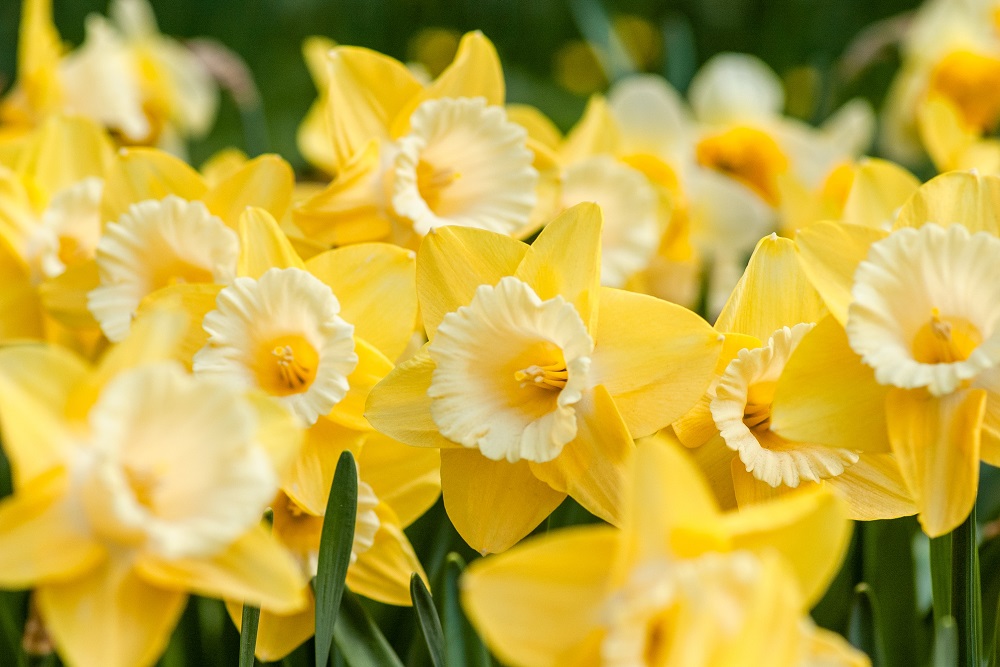
3
Crocuses
As a human race, we’ve got quite a history with crocuses – there are Minoan wall paintings in Santorini dating back to 1600 BC depicting these flowers. For their dainty looks, they are surprisingly durable, due to a waxy cuticle covering their leaves and petals. If you’re really a fan, head straight to Kew – they have whopping 5 million bulbs planted out there every year.
When? Late winter to early spring
Where? Kew Gardens – Woodland Garden and Arboretum; Cannizaro Park; Battersea Park
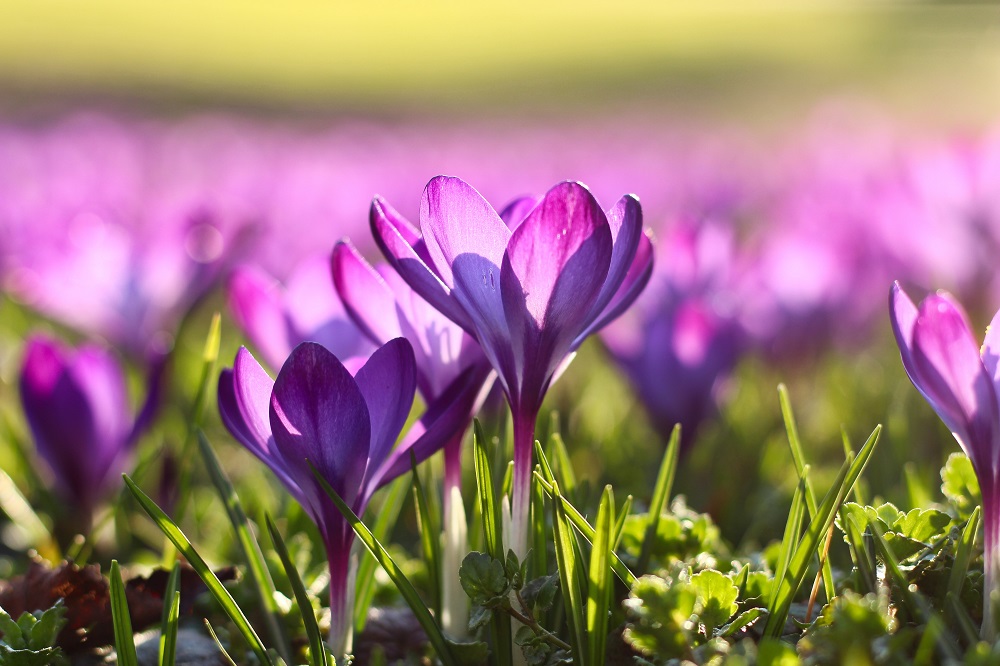
4
Cherry blossom
You don’t need to go to Japan to see the gorgeous cherry trees in bloom! There is cherry blossom aplenty in SW London and Surrey. Head to the Rose Garden at Kew and follow the path around it until it turns into the Cherry Walk. These stunning flowers are usually thought to be pink, but there are white cherry blossoms too – in fact, this species was thought to be extinct in Japan in the 1920s until a British ornithologist, plant collector and gardener, Collingwood Ingram, matched a tree growing in a Sussex garden to a Japanese painting of white cherry, and subsequently reintroduced it to the Japanese soil. When it comes to Instagrammable cherry spots, however, nothing can come close to St Paul’s Cathedral – frame it right, and you will have a sea of pink beauty crawling over the famous dome.
When? March – May
Where? Kew Gardens – Cherry Walk that runs from the Rose Garden behind the Palm House to the Mediterranean Garden; Polesden Lacey, St Paul’s Cathedral; Regent’s Park; Battersea Park,
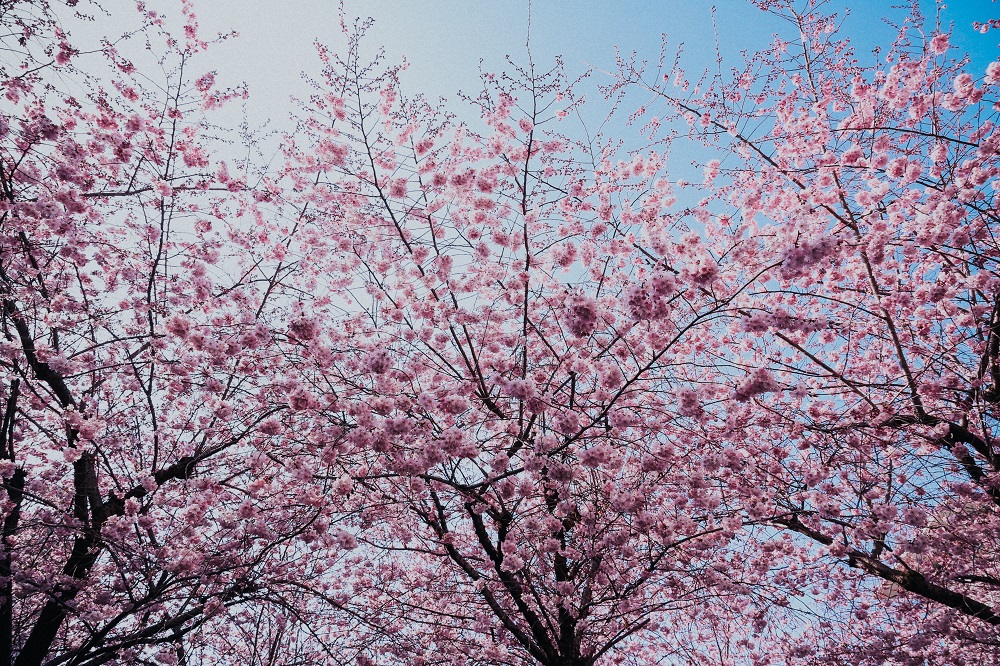
5
Magnolias
If the history of crocuses seems long, it’s nothing compared to magnolias – we have their fossils dating back 95 million (!!!) years. Which practically means that magnolias existed before bees existed. They are just as spectacular as they are durable, although slow-growing: it can take them up to 20 years to reach their full size. Some magnolias are edible and have a plethora of culinary uses – from condiments to being eaten as a vegetable or even wrapping for rice.
When? February – June
Where? Kew Gardens – the Orangery and the Aboretum; Richmond Riverside; Chelsea; Kensington Gardens
